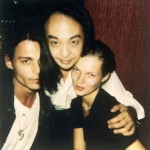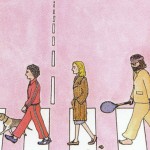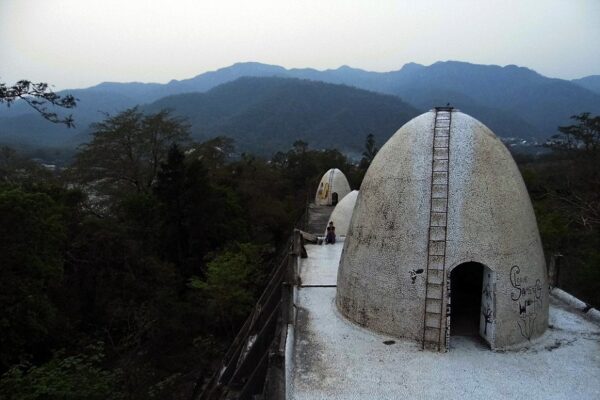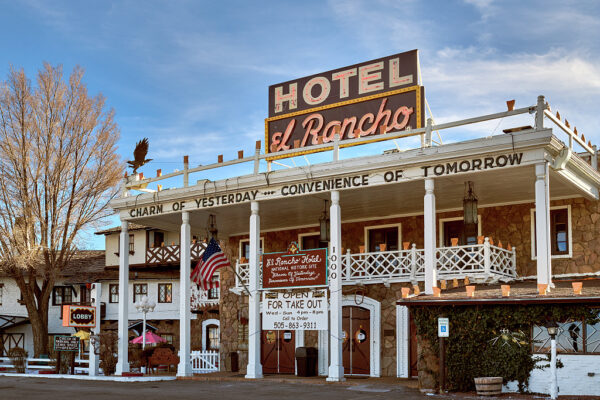It was arguably the tea that put Darjeeling on the world map, but for me, it was really Wes Anderson…
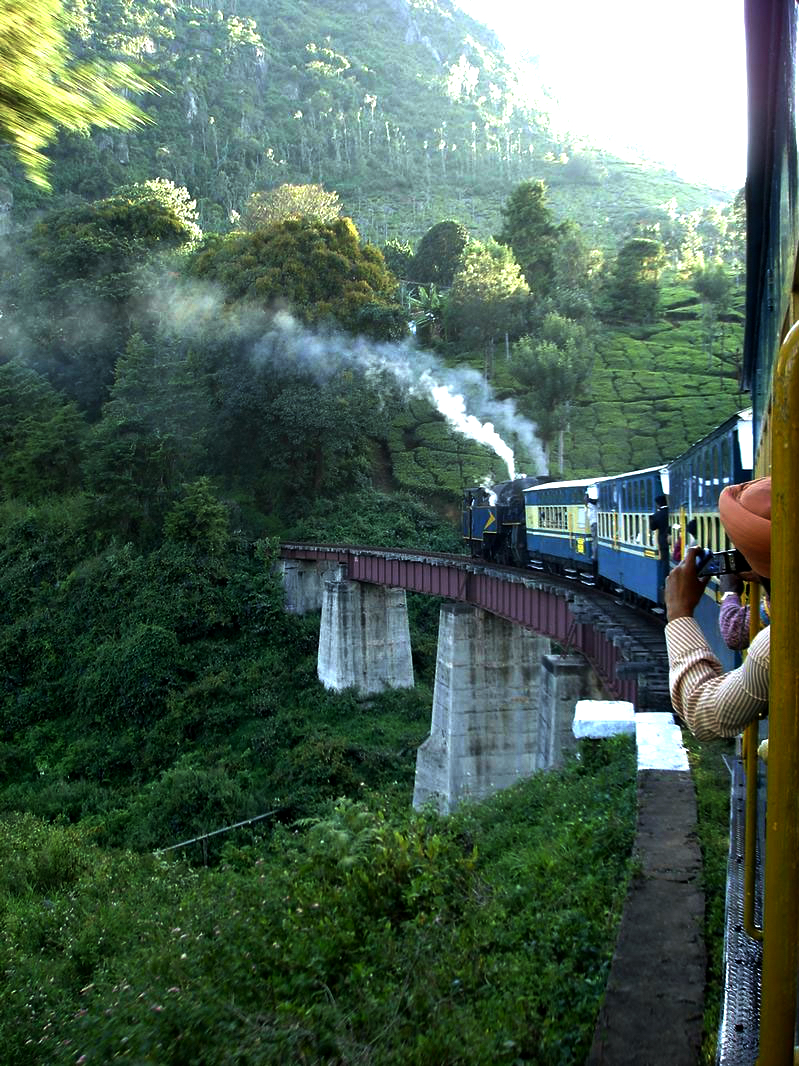
The Darjeeling Himalayan Railway was the very first hill railway in India and its still in use today. By the tea and the gurkhas, the train has become a part of the identity of these hills and it touches the lives of everyone its meets on its narrow twisting climb. In 2007, it became the little-known inspiration for Wes Anderson’s fictional long-distance train ‘Darjeeling Limited’, and ever since, I’ve longed to travel by train through India, carrying monogrammed luggage on an aimless, perhaps naïve journey of self-discovery. I didn’t know it was actually possible to board the Darjeeling Limited until now.
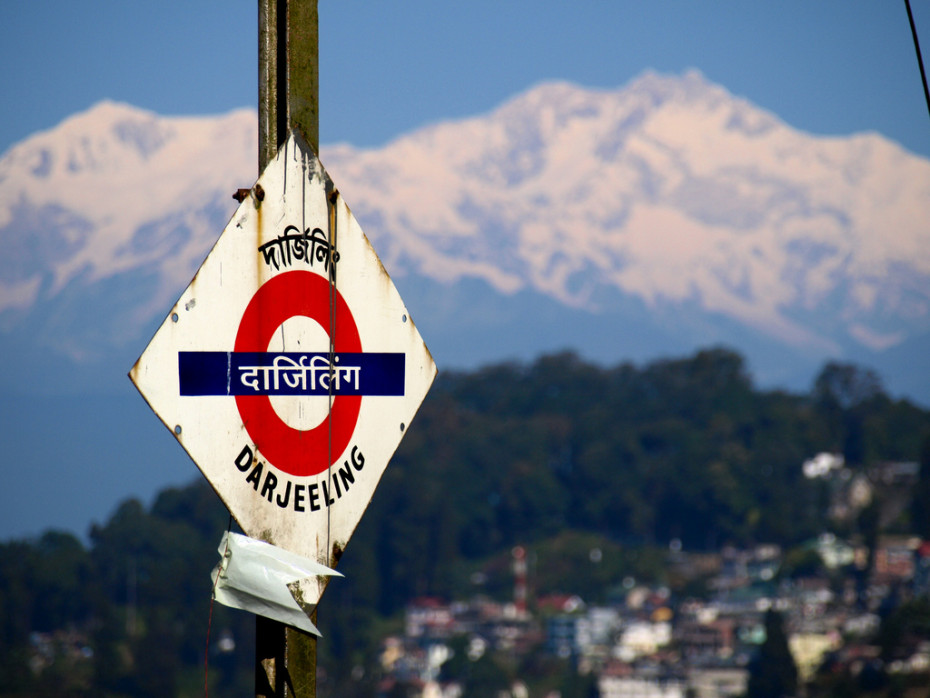
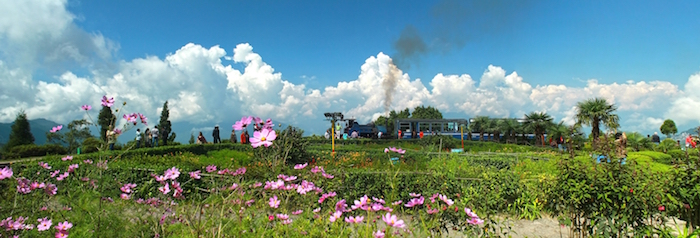
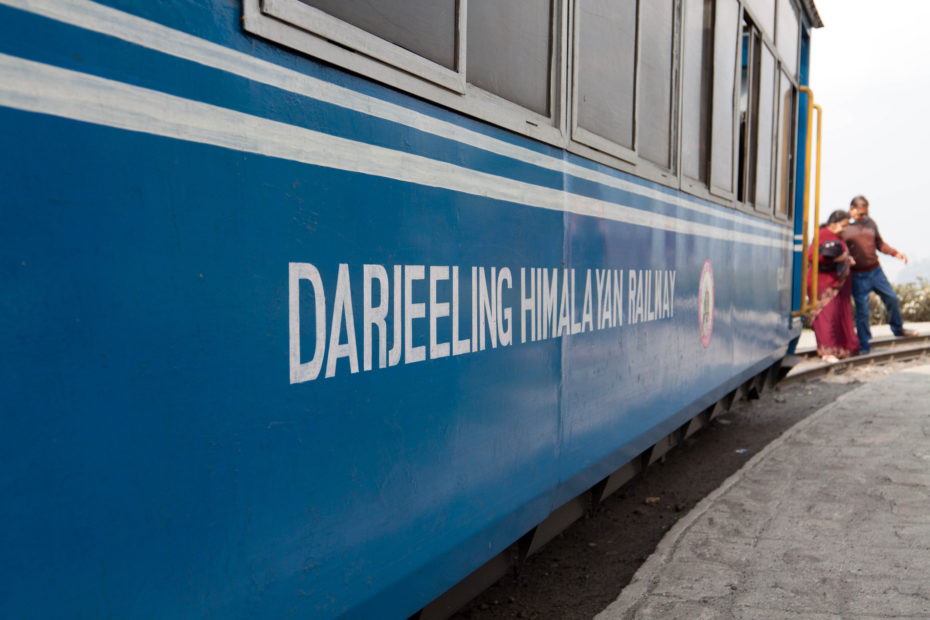
Referred to as the DHR for the last 125 years, it has ferried passengers on an improbably narrow 2 feet wide track into the himalayas and to Darjeeling.
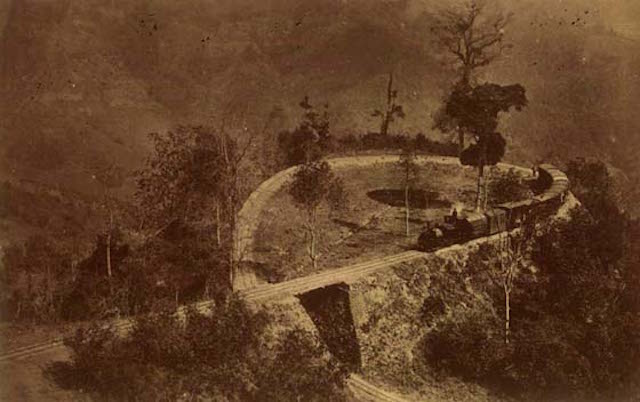
Once an old gurkhan (Nepalese) military outpost, Darjeeling was purchased by the East India Company in 1835 from a small buddhist kingdom sandwiched between India and Nepal. The British established a sanatorium here to recuperate from the duties of empire.
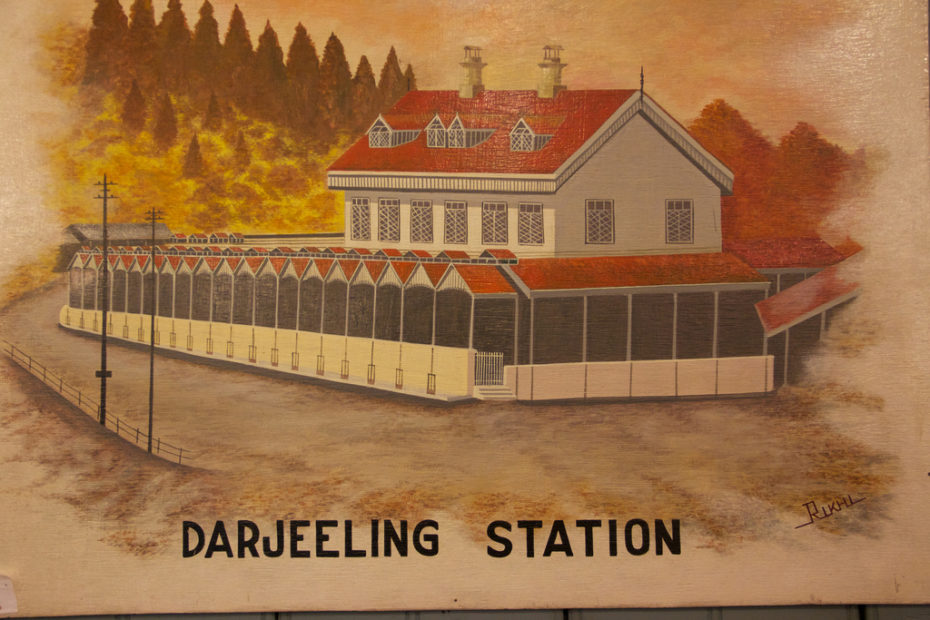
The brisk climate of these hills was not only good for soldiers but also perfect for growing tea, and it became a home away from home where the stress of colonial rule could be filed away for a summer.
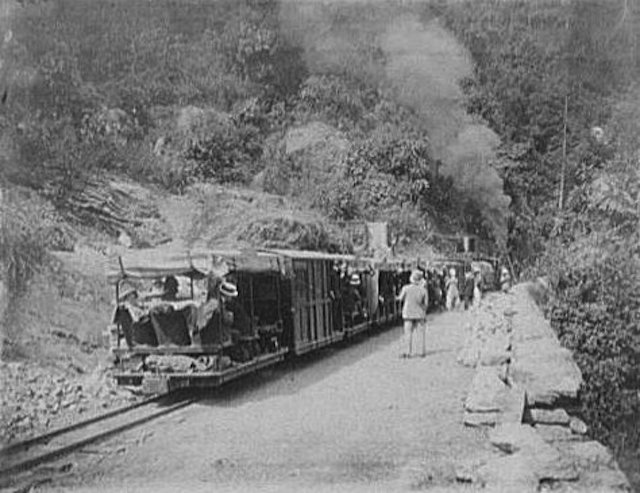
The Darjeeling railway was built in under two years during the height of colonialism, 78 kilometres long with elevation levels varying from about 100 metres 328 ft at New Jalpaiguri to about 2,200 metres 7,218 ft at Darjeeling.
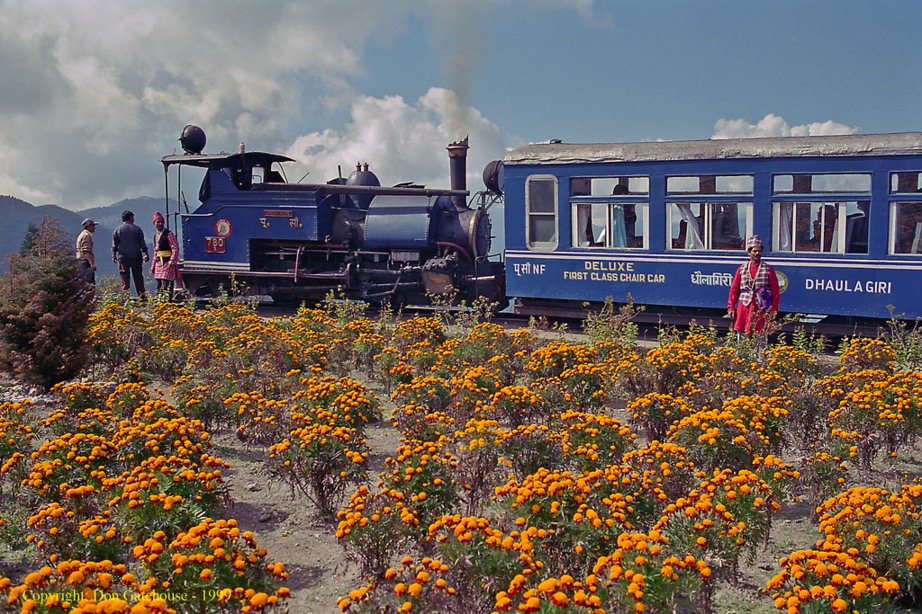
Also known as the “train to the clouds” or the “Toy Train”, four modern diesel locomotives handle most of the scheduled services today; however the daily Kurseong-Darjeeling return service and the daily tourist trains from Darjeeling to Ghum (India’s highest railway station) are handled by the vintage British-built B Class steam locomotives.
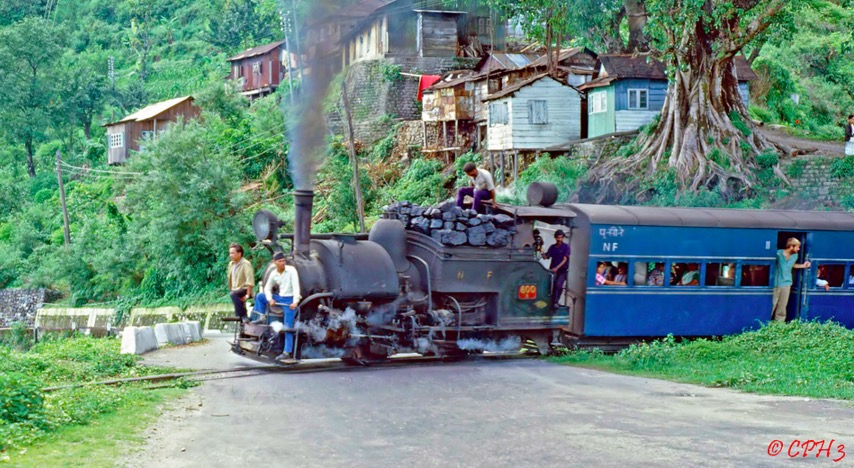
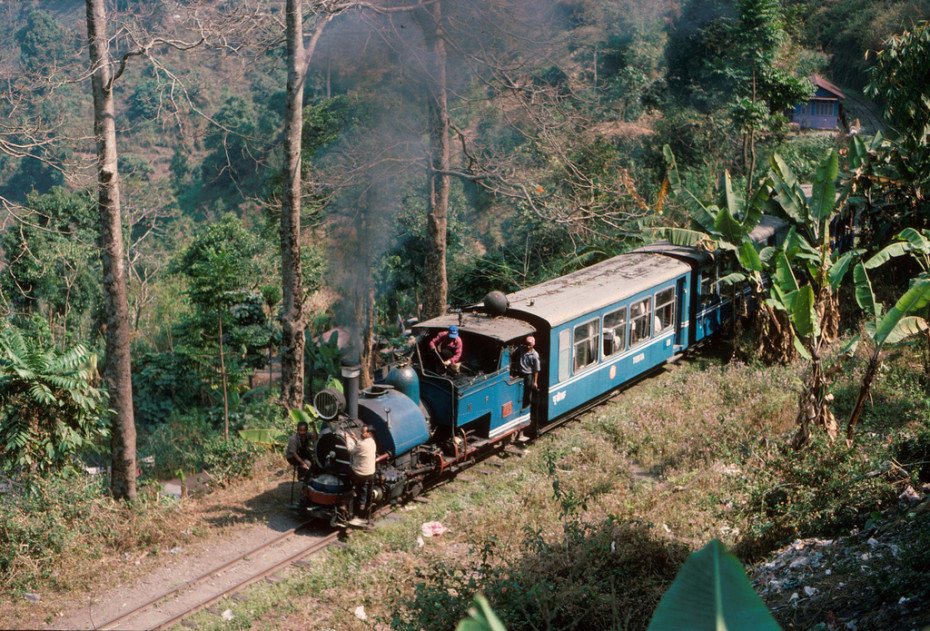
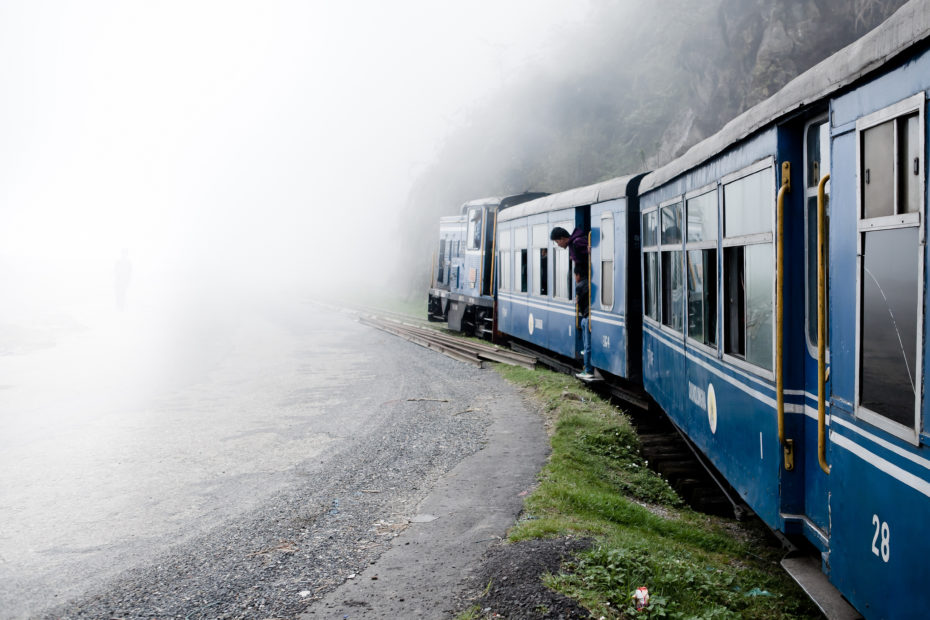

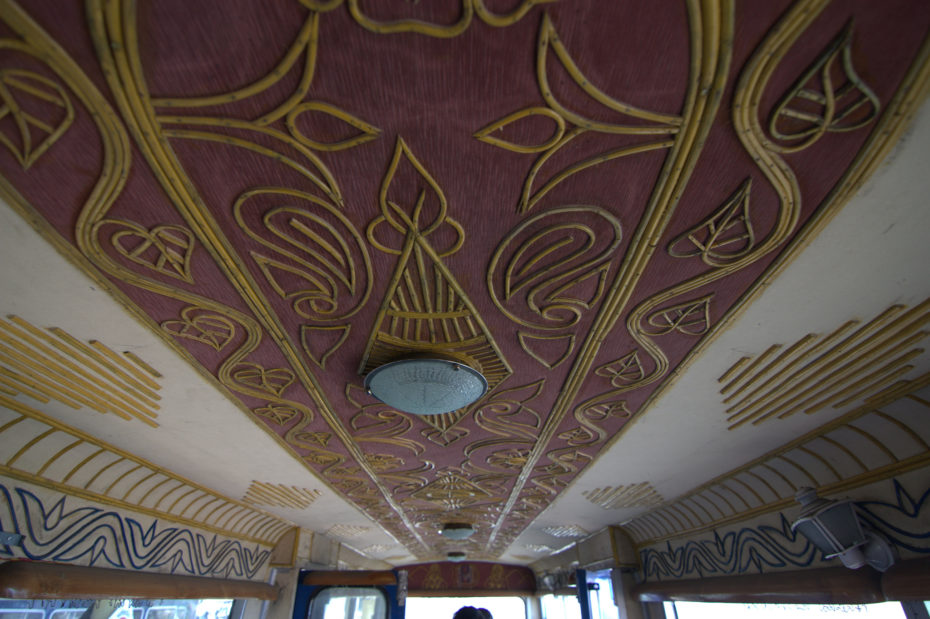
Each train has two first class carriages. The full railway from Kurseong to Ghum can take around 8-hours and a longer train ride will allow you to get a better understanding of the railroad, but you can also just hop on for the last leg between Darjeeling and Ghum, a half an hour journey going at a speed of around 15km/hr where that cinematic feeling really comes alive.
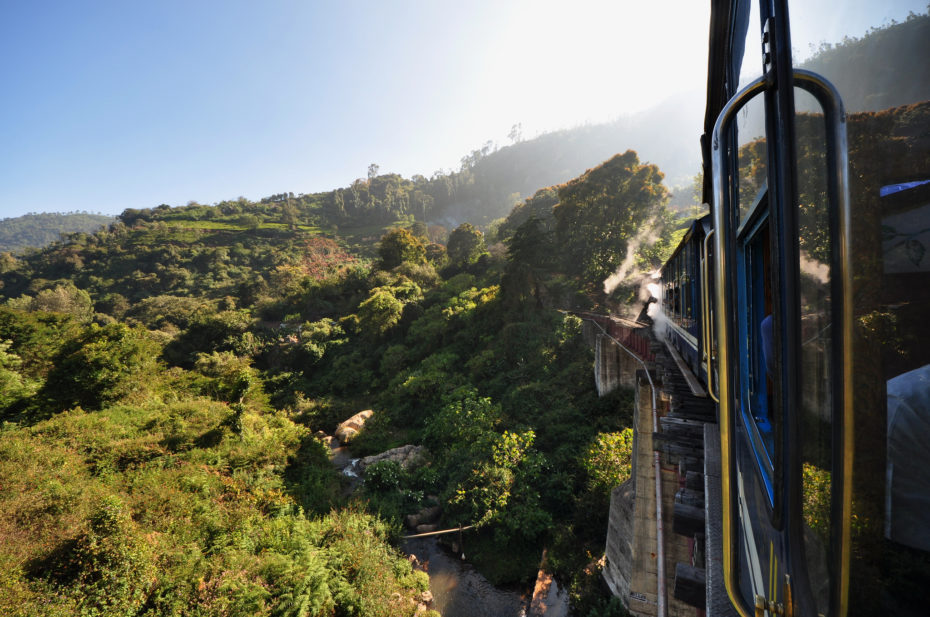
The track runs all along the city, a charming, old world experience of hanging out of windows watching the steam engines on the move around the twists and bends of the Darjeeling streets.
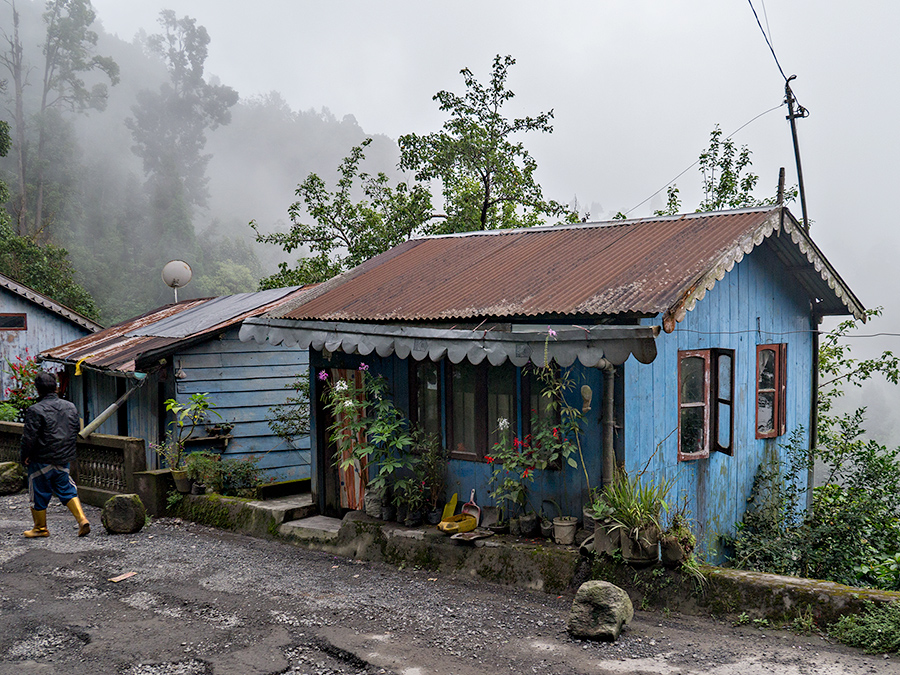
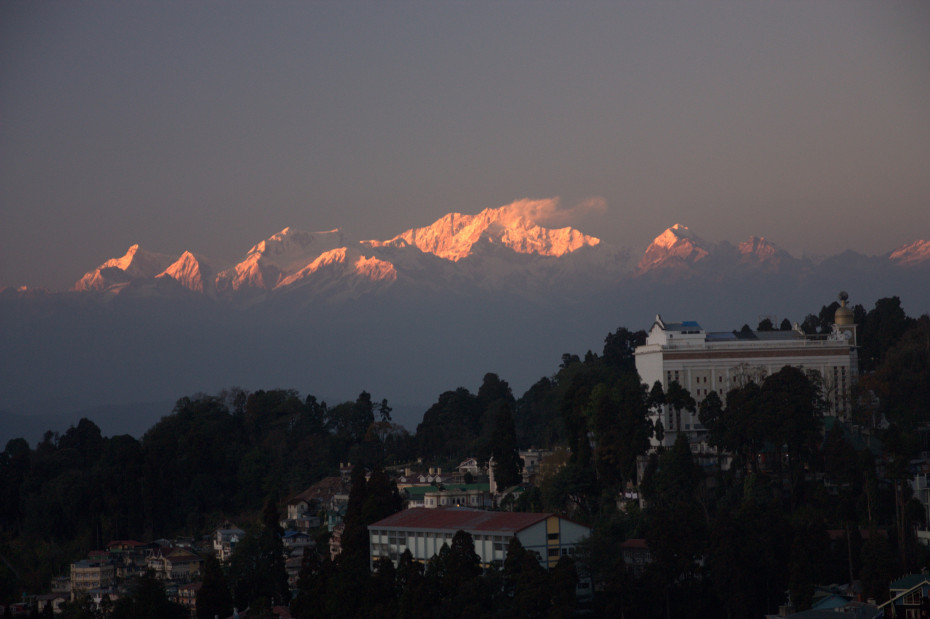
The train stops at the impressive Gurkha Memorial and the viewpoint at Batasia Loop, when the locomotive crew and train stewards stretch their legs while the passengers enjoy refreshments before arriving at the country’s highest station in Ghum, where the railway museum is situated.
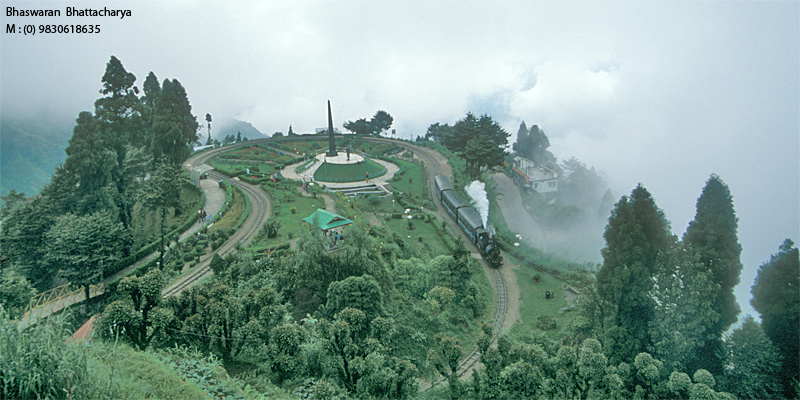
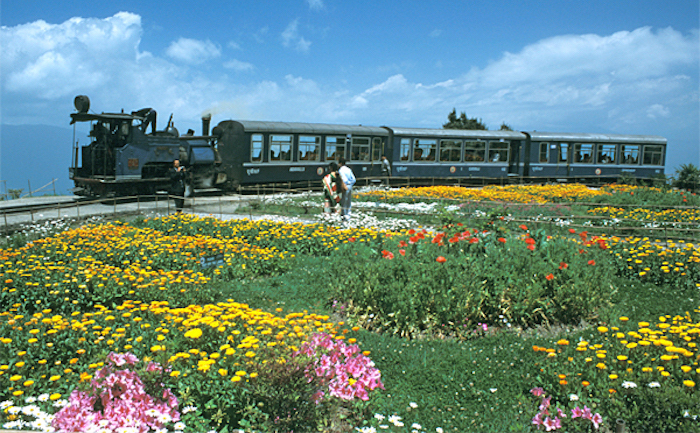
You can find more railway information and booking details here.
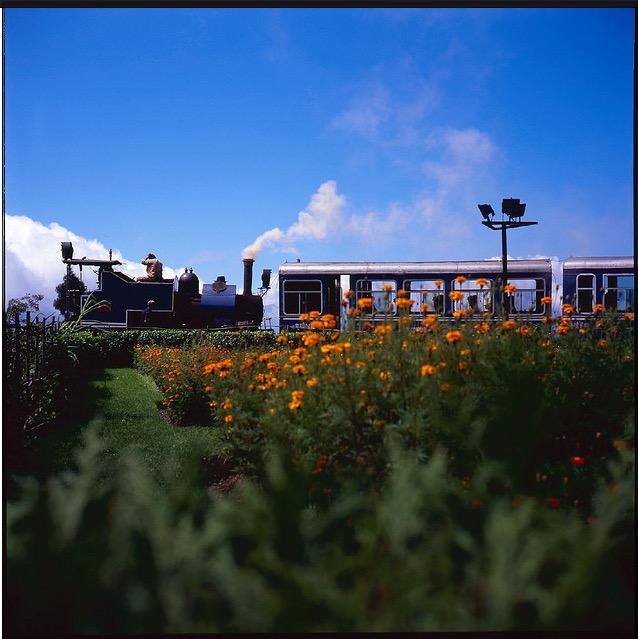
Counted amongst the highest and most beautiful railways in the world, the Darjeeling Himalayan Railway is now a World Heritage Site, along with the equally historic Nilgiri Mountain Railway, which officially became an extension of the Darjeeling in 2005, and were collectively named by UNESCO as the “Mountain Railways of India”.
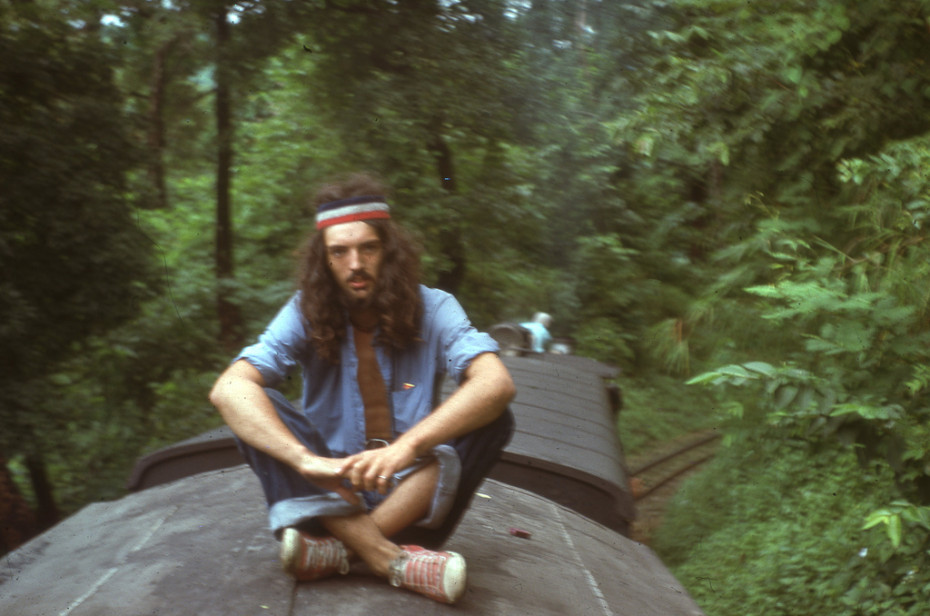
I found an old photo album of some wonderful hippie travel memories on the Darjeeling Railway in what looks to be the 1970s…
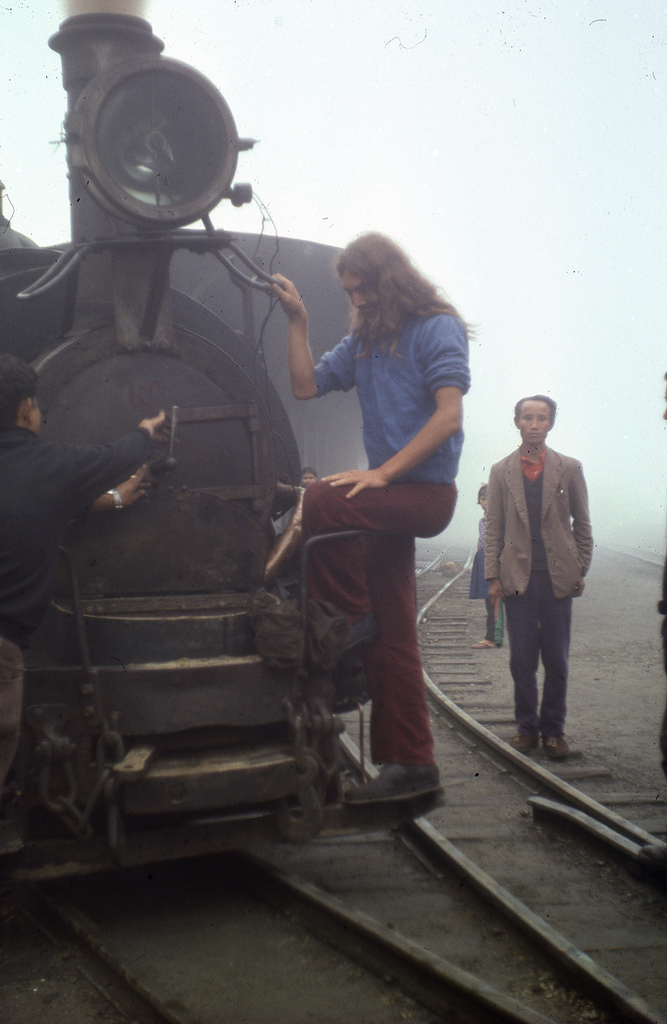
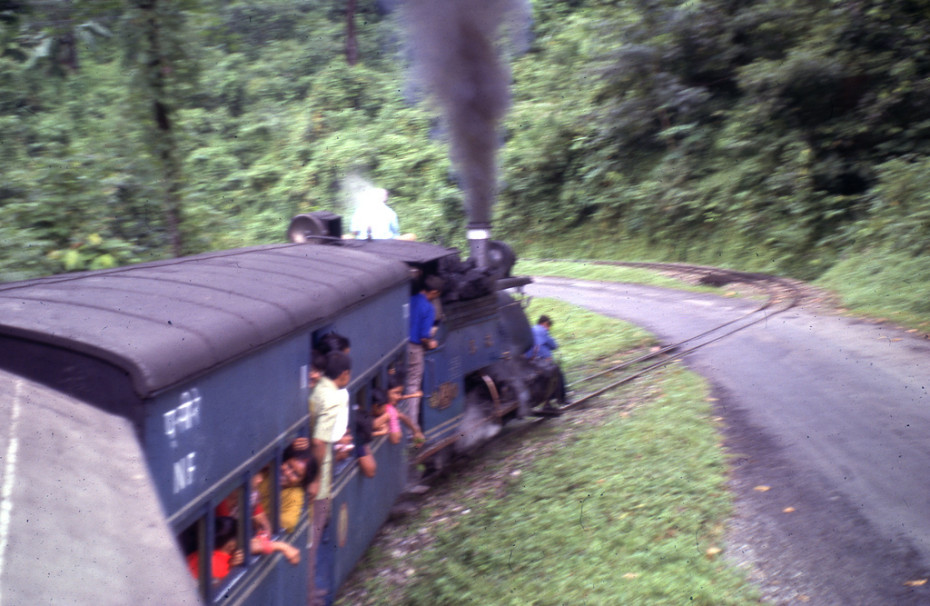
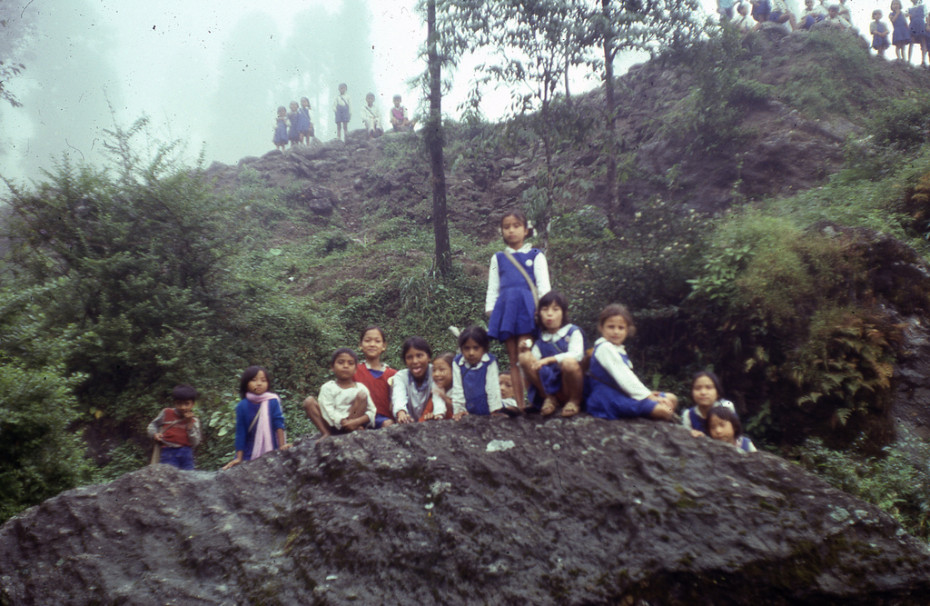
Its the story of a railway so close to the people that they say “it flows like a river through their lives”. It’s a century old partnership of mutual respect tolerance and survival, on a journey that’s still not reached its end.
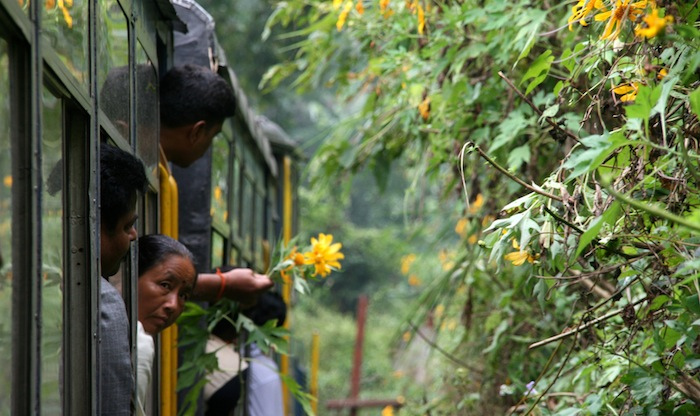
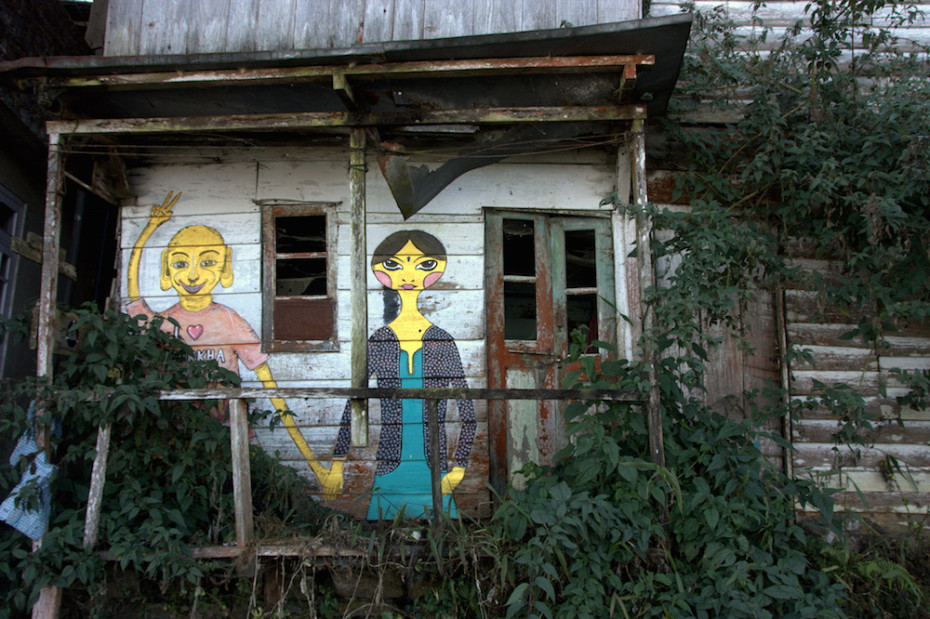
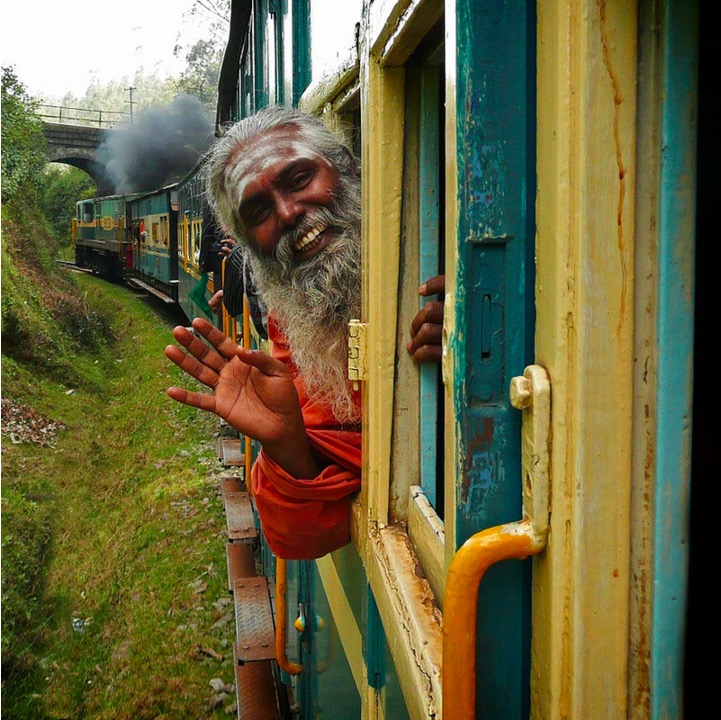
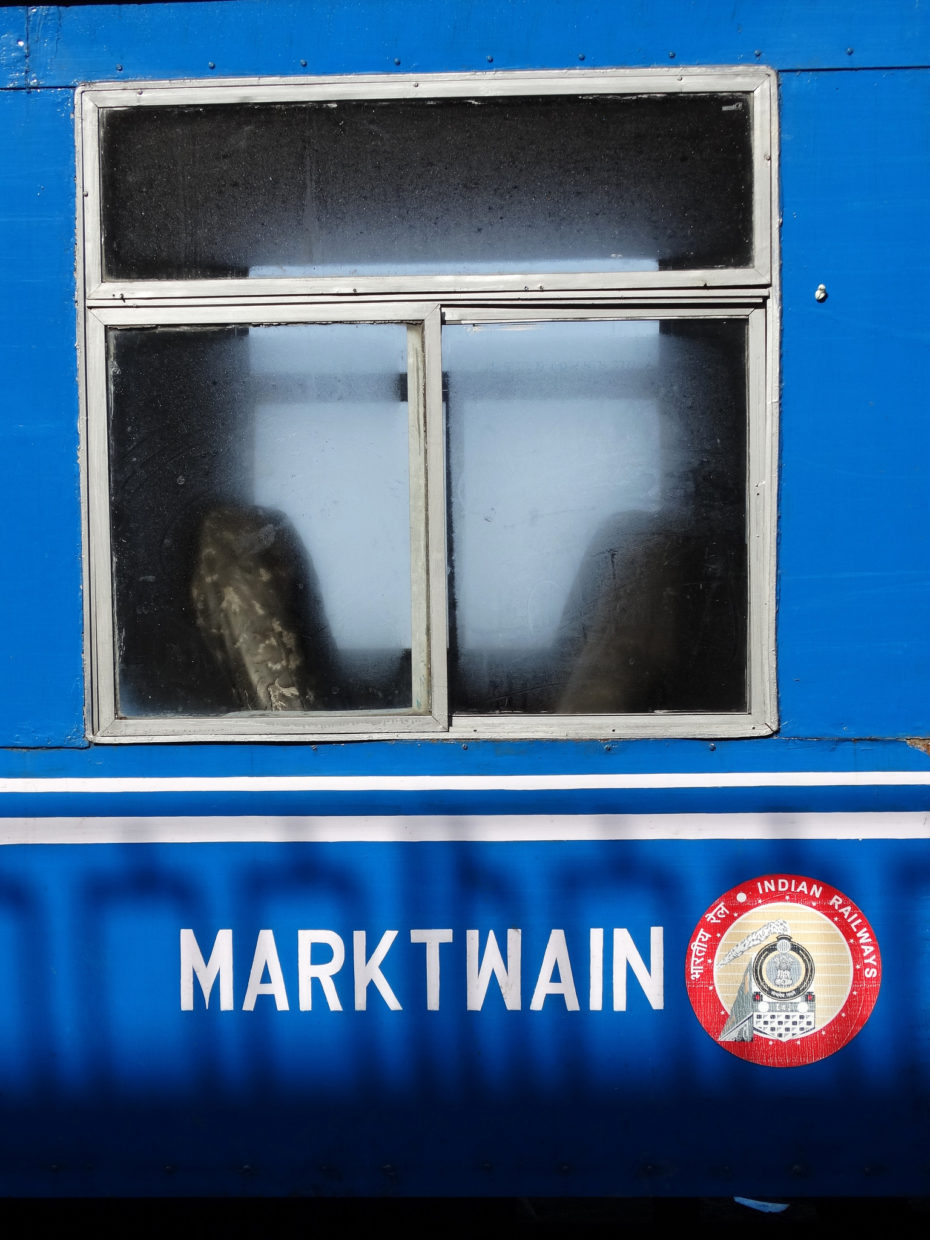
Mark Twain has his own carriage named after him on the Darjeeling train in a nod to his his little-known travels throughout India in the 1890s.
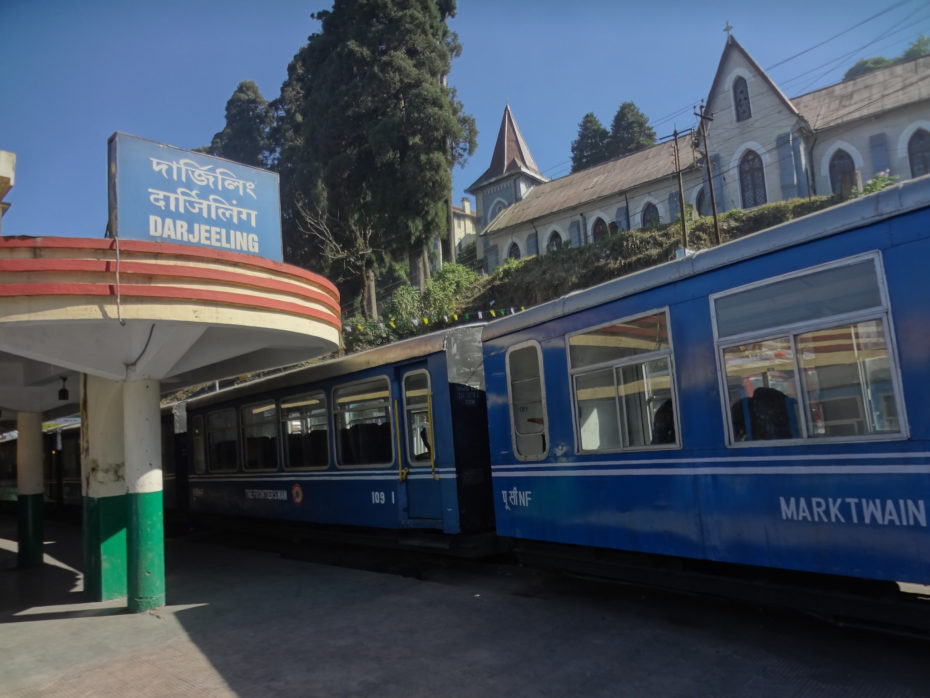
His three months in India, mostly by train, were the highlight of an intriguing centrepiece of his revealing 712-page book, Following the Equator, thought by many to be Mark Twain’s best travelog.
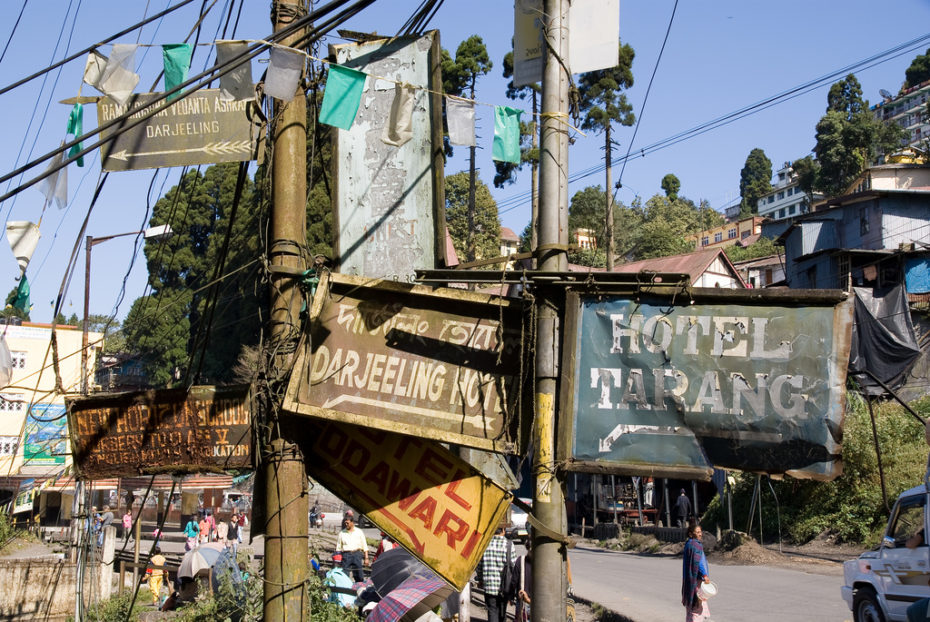
“In other countries a long wait at a train station is a dull thing and tedious, but one has no right to have that feeling in India,” Twain wrote. “You have the monster crowd of bejeweled natives, the stir, the bustle, the confusion, the shifting splendors of the costumes–dear me, the delight of it, the charm of it are beyond speech.”
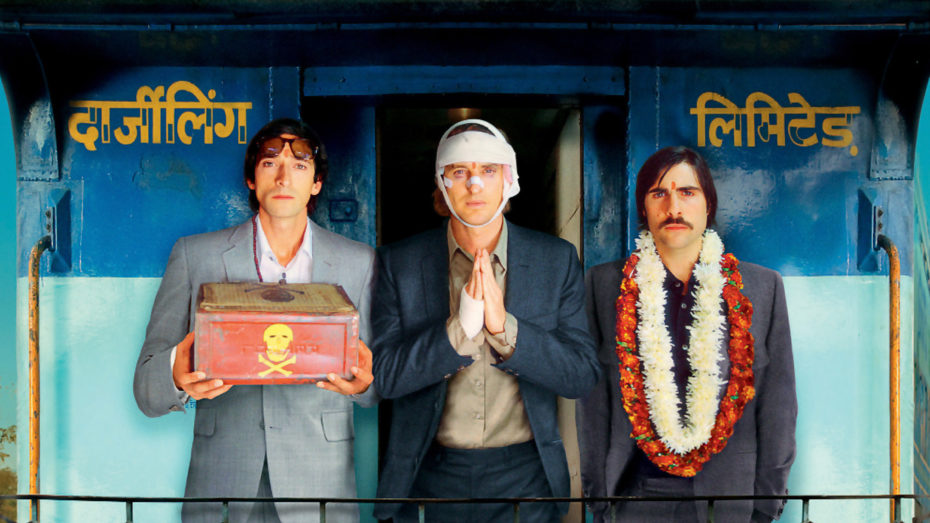
But for me, there’s not a more enticing and delicious ode to India’s Darjeeling railway in my opinion than Wes Anderson’s Darjeeling Limited. The movie tells the story of three brothers who travel by train through India, hoping to reconnect with one another, come to terms with their father’s death and reconnect with their mother living in a monastery in India.
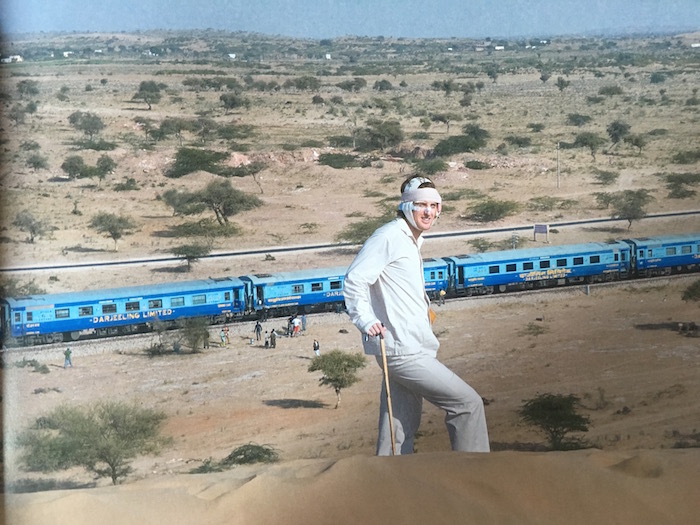
The titular vehicle was a specially constructed, fully functioning train, filled with handmade furnishings and props and meticulously painted by local artisans: a studio on wheels. “I did want to shoot everything on the train, even if it’s a bit insane at the end of the day,” said Anderson, who only shot one scene on a small additional set at their art department. “The actors were going through it, you know… [Everybody who worked on that movie now knows] what it’s like to live on a train now. They spent a month on the train.”

My love affair with this railway story has suddenly become a lot more real since M.N.C recently got her hands on a dreamy Darjeeling bag…
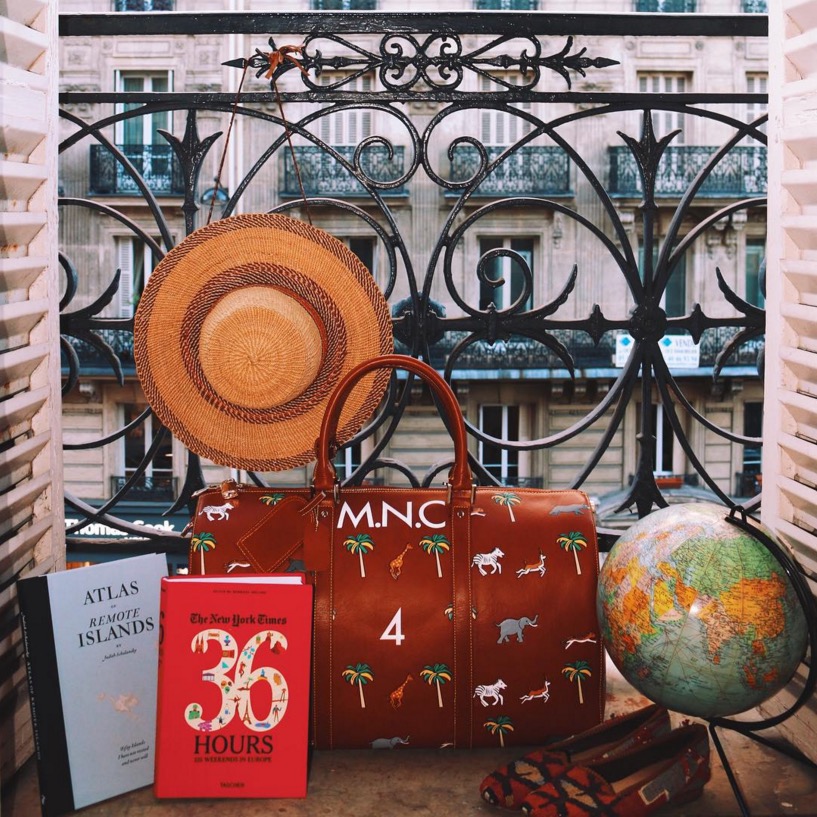
Just like the railway, the luggage really exists, and you can get yours from Very Troubled Child.
I think I’m now officially ready to board the real Darjeeling Limited. After all, the movie did start out in Paris!

Additional mage sources: Unesco, The Wes Anderson Collection.


